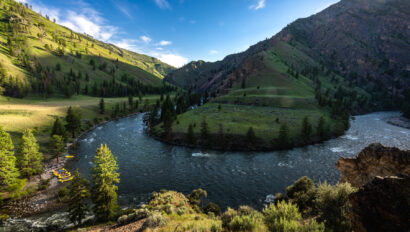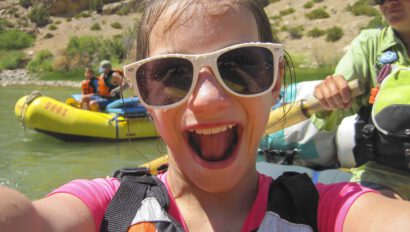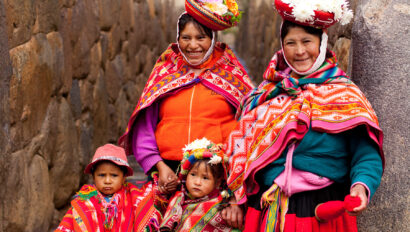More Than a Wilderness: The San Juan’s Rich Human History

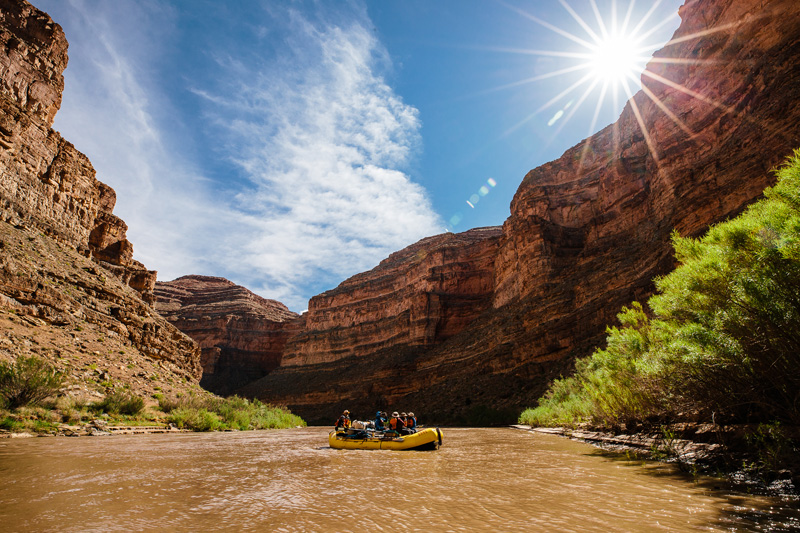
There are moments on Utah’s San Juan River when conversations fall silent, the wind calms, and the only sound you can hear is the drip of water off the oars. And in mellow stretches when even rowing is unnecessary, the rafts can be left to twirl beneath towering limestone walls. Time stretches out and seems to come unwound until the piercing call of a peregrine falcon breaks through the silence.
Desolate, empty, wild—to many newcomers those are the most striking attributes of the 83-mile section of river between Sand Island and Clay Hills in southeast Utah, which contours along the edge of the newly created Bears Ears National Monument. With time or a worthy guide, however, those initial impressions deepen into an understanding that this canyon is not an uninhabited wilderness, but the setting for an ongoing human story that goes back at least 14,000 years.
Not far from the river along Lime Ridge, archaeologists have discovered a camp left by Ice Age-era hunters when mammoth and giant sloths still roamed through what is now redrock desert. Rafters stop to admire rock art panels where 100-year-old Ute and Diné (Navajo) petroglyphs are etched onto the cliffs beside thousand-year-old images from the ancestral Puebloan people and much-older archaic designs that may also date back to the Ice Age.
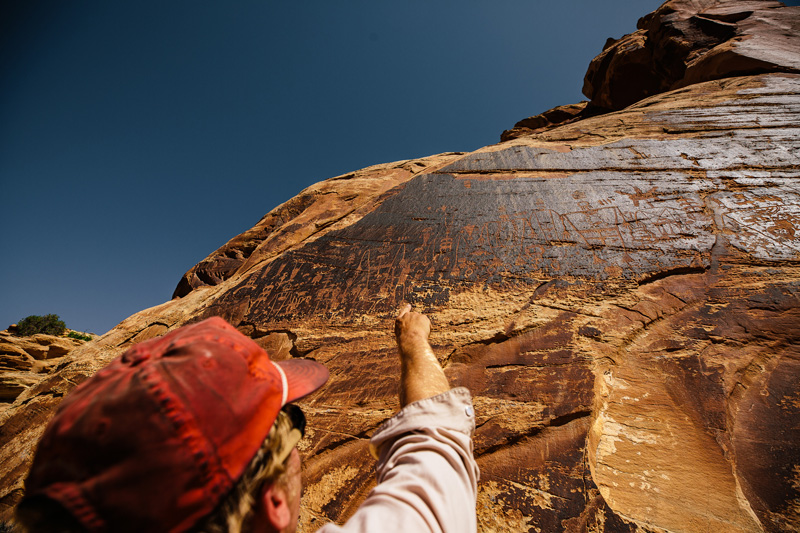
Jason Nez, a Diné archaeologist and river runner, says the upper San Juan River near Comb Wash, Butler Wash, and Chinle Wash, is a center point for the development of Navajo culture as recorded in early ethnographies. Today, the river marks the northern boundary of the Navajo Nation, and the entire left bank is federally recognized tribal land. “Moving through the [San Juan] area was part of the evolution of who we are today or how we got here,” Nez says. “And we’re just one of many groups since the beginning of time to have gone through the area.”
Rafters often stop at the River House cliff dwelling near the beginning of their trips, where sandstone blocks were erected with mud mortar over 800 years ago to form the rooms and rounded walls that remain standing. Nez explains that for decades, visitors to the canyon were told the dwellings were built by “the mysterious Anasazi,” a people who “disappeared” around 1200 AD.
Nez says that story needs to be corrected. The culture that built River House “evolved into modern Native people,” he says. “They’ve evolved into the modern tribes,” such as the Hopi, Zuni, and other Pueblo people living in modern-day New Mexico and Arizona as well as clans of the Diné in Utah and beyond.
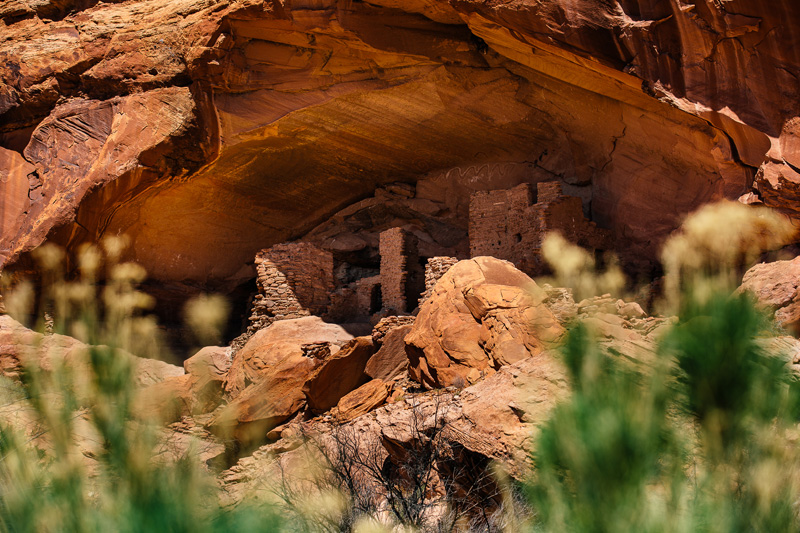
Colleen Cooley, a Diné river guide on the San Juan for Wild Expeditions, took her first trip down the river as a college student around 2007. Soon afterwards, Cooley’s sister, a Grand Canyon guide, “saw the need for more Native interpreters on the San Juan River and other areas,” and started a Native guide training program. Cooley took the course and was instantly hooked.
When she signed on for her first full season on the San Juan River in 2010, Cooley says she was one of only two Indigenous guides working for the local company. In the years since, those numbers have expanded significantly.
Cooley believes hiring local Native Americans has made for better guest experiences. “For the Navajo tribe, we see that river as a part of our stories, our teaching, our clans,” she says. “It’s one of the major rivers that flows through our homeland. We can tell a different story than somebody that’s not from the area. We have a different connection to that place.”
And working with Hopi colleagues, Cooley adds, brings yet another layer to the experience. “They have a different connection because it’s their ancestors, the ancestral Puebloans, that lived in the area” and built dwellings like River House, she says.
“The San Juan River is pretty significant to us and education trips or guided trips are pretty expensive,” says Marshall Masayesva, a Hopi outdoor educator who also did his first trips down the San Juan River as a college student and saw the need to get more Hopi youth out on the river.
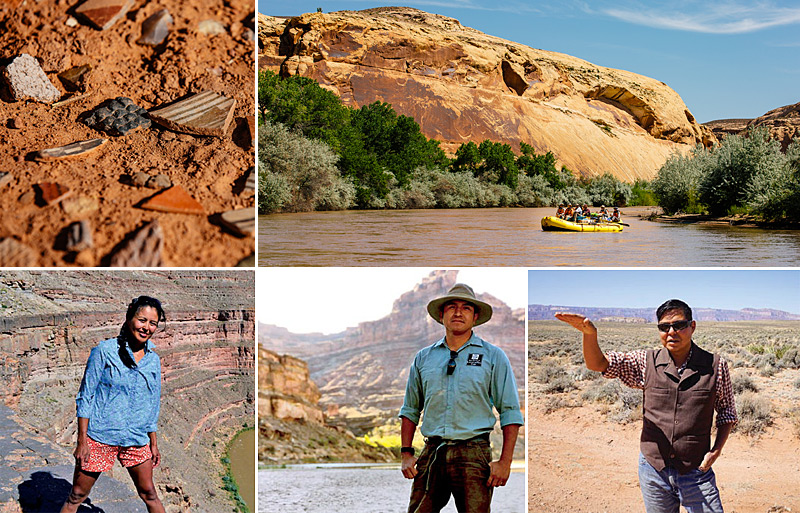
“A lot of our folks’ access to the river isn’t as high volume as you would expect,” he says. “Any time that we get a chance to get our folks on the river, it’s a special experience.”
While he was still in school, Masayesva began envisioning a conservation corps that would bring young Native people to the canyons to do service work. In 2014, he founded Adventures for Hopi and later partnered with the Southwest Conservation Corps’ Ancestral Lands program, where he now serves as program coordinator for Ancestral Lands Hopi.
The programs run trips all over the Southwest, and Masyesva has helped coordinate a number of invasive species removal crews with the Glen Canyon National Recreation Area on the lower San Juan River with the help of outfitter Grand Canyon Youth.
In 2019 alone, Masayesva has been involved with Hopi, Zuni, Acoma, and Diné crews working ten-day stints to remove invasive ravenna grass and Russian olive trees from the river banks to help regenerate native species.
“A lot of our Native folks are re-establishing their connection with the places they work,” he said, “so it’s a mix of work and also getting to visit our heritage sites.”
Nez points out that both land management and river running go back thousands of years on the San Juan.
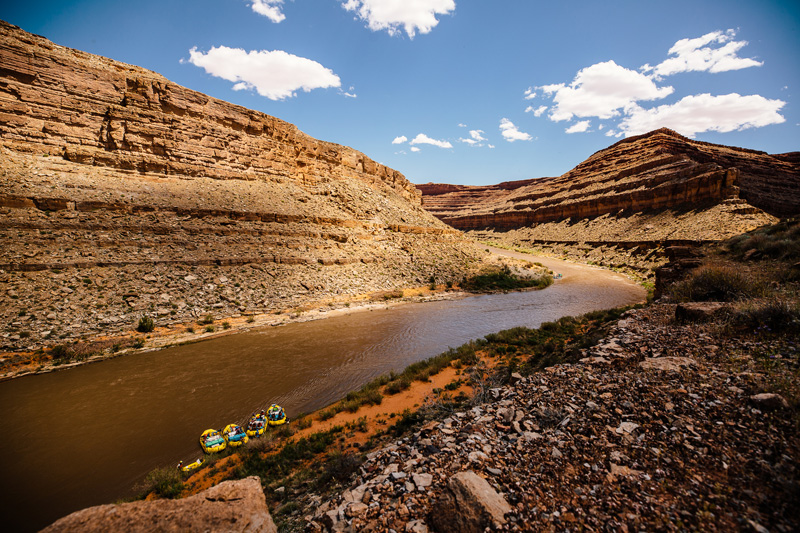
“There is this American myth of wilderness, and I think it’s something that we need to unlearn,” Nez says, “because as long as people believe that myth, Native people will continually be left out of the conversation, will continually be left out of management, will be continually left out of legislation, laws, and policies that affect our former and current use areas.”
Long before John Wesley Powell first ran the Colorado River in 1869 or the first Europeans floated the San Juan a few decades later, Nez says the Diné and Hopi people were telling stories of earlier, Indigenous river runners. One follows a figure sometimes called The Dreamer, who piloted a hollowed out log from the River House area, down the San Juan, and into the Colorado River and Grand Canyon. Nez believes the story is based on a historical figure.
It’s hard to imagine living on the banks of the San Juan and not being tempted to follow its sinuous curves by boat or hollow log. And for many who do in modern times, the river keeps bringing them back.
“I’ve worked on the San Juan for the last ten years,” Cooley says, “and there’s something new that I experience every time.”
For Cooley, some of the best moments on the river are looking up at the same constellations The Dreamer might have seen on his voyage.
“I love to sleep on the boat and look up at the sky,” she says, “the river is mellow and I like the mellowness and the quiet—just being out there and unplugging for a couple of days.
Special thanks to a new generation of San Juan river keepers—Colleen Cooley, Marshall Masayesva, and Jason Nez—pictured above
Zak Podmore is a former river ranger on the San Juan River and the author of Confluence Navigating the Personal & Political on Rivers of the New West.
Related Posts
Sign up for Our Newsletter

